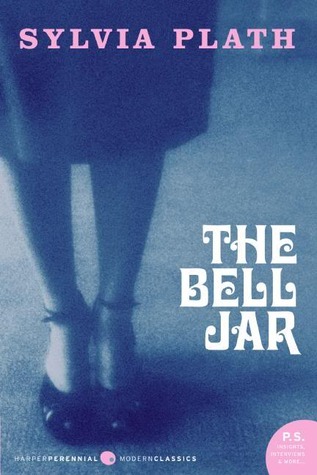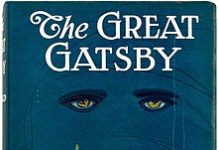Fiction Review
Probably the most well known semi- autobiographical novel about the pressures of adolescence and womanhood and the looming swell of depression that has ever been written. A popular novel by a deeply troubled and controversial poet, it maintains an elegant appeal to both younger readers struggling with their identity and older readers accepting the actions that made them.
Esther Greenwood is an over achiever. She reaches out for many academic opportunities and usually excels at them. Her latest thing is an internship at a popular teen girl magazine. Being in the big city with very different people is confusing to Esther. There is the wild and promiscuous Doreen who is not afraid to skive from their duties to go drinking and partying with boys. She is fun, confident and brash- free qualities that Esther is fascinated by and envious of. Doreen is Esther’s closest friends at the internship, but her unreliable and flaky personality begin to cause distance in her relationship with Esther. Esther wants the same kind of freedoms that Doreen does, but feels that she ought to be more like another girl at the internship, Betsy, a wealthy goody two shoes who always does the right thing. This becomes a theme: doing the right thing.
Esther feels conflicted. She has been bought up by her one dimensional mother to be a quiet, educated, self- reliant house wife. To be married to a wealthy man of good breeding who can offer her a comfortable life. Esther doesn’t agree with this. She wants to go out into the world and experience things for herself and support herself- she doesn’t want to rely on a man at all. This conflict and the traumas that she experiences throughout her life (her fathers death when she was only 9 years old) causes a mental split in Esther, and she attempts suicide. We are only half way through the novel now and the latter half is more of an explanation of the pressures that young women have forced upon them, the lack of support for those who are struggling with their mental health, representations of the mental health system during that time period and the realization that it is the pressures that we put on ourselves and others and the heaviness we place on those successes that can cause such extreme depression. It is when Esther realizes she is perfectly capable of making her own choices without being afraid of the repercussions, that she gains the courage to recover.
It’s a brilliant novel, made even more impressive if the claims are true and the novel is finished almost as it was when it was first written. Plath’s literary alter- ego Esther is consistent throughout, well written and well fleshed out. Her journey is also consistent and believable, offering an accurate representation of what it’s like to be in the mind of a young woman who is struggling with her own identity and her place in the world. Whether a teenage girl or a women facing big life decisions, these are feelings that resonate among women of all generations. As is the theme of desiring freedom and Esther’s assertion that she “wants the same kind of freedom that men get.” To do things without consequence and just enjoy life, rather than just be bogged down by the every day domestic stuff that women are so stereotypically dumped with. The novel points this out to you, the unfairness of it all, which is what makes it empowering, as is the message that you don’t need to feel trapped beneath your own “bell jar.”
Plath’s characters are real, her story is raw and bleak. Mental illness is a tricky topic to represent while making your character likeable and vulnerable, while showing off all of their flaws and their uncharacteristic and sometimes strange reactions to specific scenarios. Definitely worth reading just once, although it might be a bit grim for some people.







